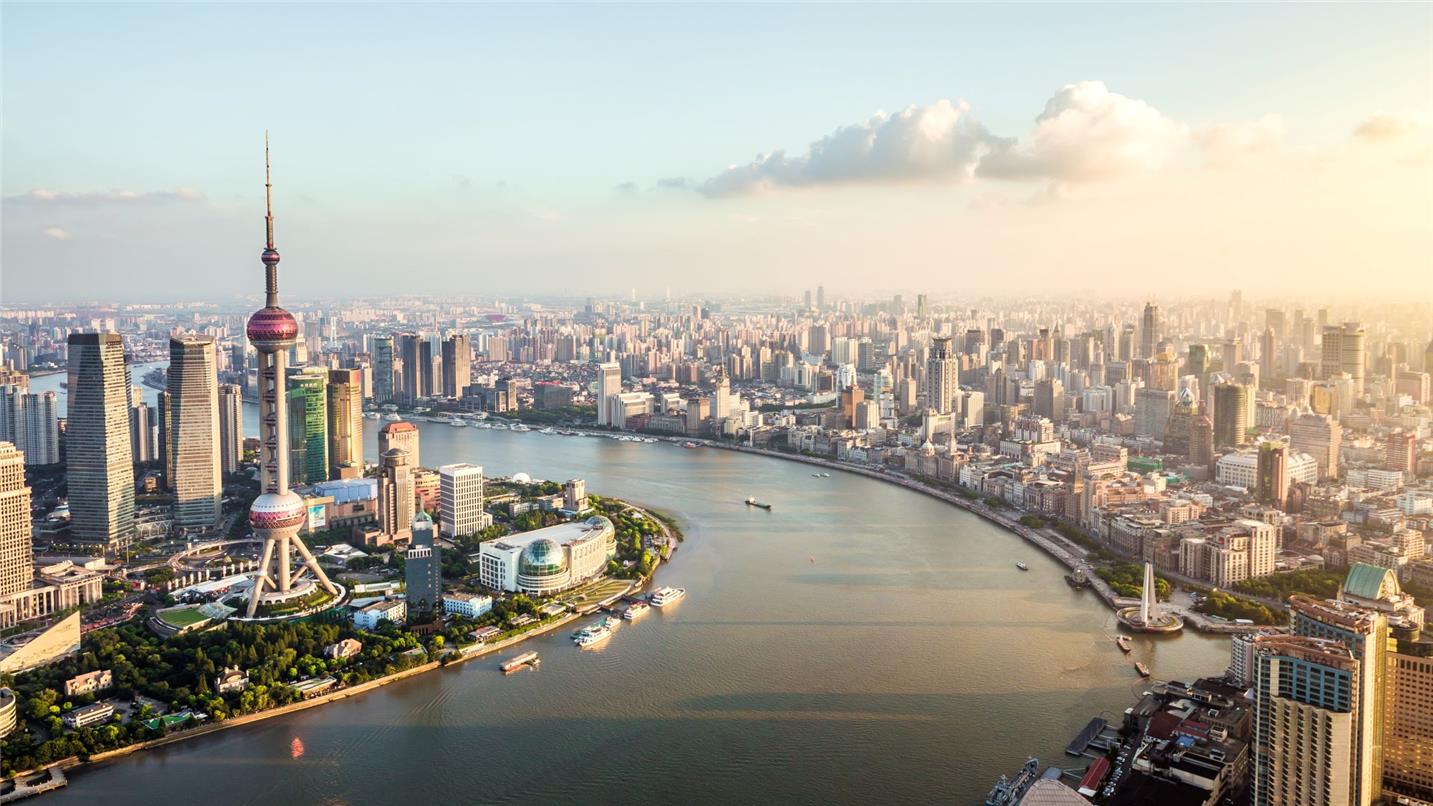To help position SCIP as the world’s best model of ecological protection and circular economy
Given the diverse mix of companies with different characteristics and the large scale of production in SCIP, environmental treatment can be an immense challenge: chemical companies consume a substantial volume of water and generate a large amount of highly concentrated wastewater and waste, of which, there may be many types of hazardous waste that can be prone to reactions. A world-class industrial park such as SCIP recognises the importance of integrated design and management. Therefore, from the outset of the partnership, SUEZ has been involved in the development planning of SCIP. We provide SCIP not only with technology, but also sustainable, holistic solutions that help SCIP better determine which companies are the best fit for the Park.
Providing integrated solutions for SCIP: water supply, wastewater treatment, waste disposal, and environmental management services

SCIP’s integrated model is highly demanding on the operator. The operator has to accommodate the needs of different enterprises, and at the same time meet the management objectives of the Park. Over the past 20 years, SUEZ checked all these boxes of competitive advantages. The success of our JVs is a strong proof of the choice we made at the time.Zhu Jian , Vice President of SCIP Development Co., Ltd. and Chairman of the Board of SCIP Water and Waste joint ventures
Industrial water treatment services to drive the recycling of water resources
Hazardous waste disposal services to recover energy and lead in the circular economy
Artificial wetland—“Based on nature and gives back to nature”
R&D and innovation to stay ahead in technology
The results
- Our water project in SCIP was named “outperformer in environmental protection in the national petrochemical industry”, while both water and waste management projects have been included in China’s national list of “replicable case studies of third-party environmental treatment solutions in industrial parks”, playing a positive role as a leading demonstration in the industry.
- A portion of the wastewater is treated by the WWTP to produce demineralised water for reuse by the companies, saving 2.8 million m3 of water annually.
- The hazardous waste treatment plant recycles the steam generated during the treatment process and supplies it to industrial customers, saving 65,000 tons of standard coal per year, equivalent to the reduction of around 170,000 tons of carbon dioxide emissions from coal combustion.
- While promoting the adoption of new technologies and solutions and the growth of promising start-ups in the industry, the SWRc and Waste R&D Centre have incubated research and development results and protected intellectual property, receiving over 60 patents to date.
- Throughout our more than 20-year journey of cooperation, we have helped SCIP not only achieve the goal of reducing the total amount of pollutants, but we have also made positive contributions to ecological and environmental protection, allowing SCIP to lead the list of the top 30 chemical parks in China for many consecutive years.
m3/day
industrial water supply capacity
m3/day
million m3/year
water resource saved
hazardous waste treatment capacity
standard coal saved

